Self-introduction is fundamental to Japanese language learning. From greetings to the flow of self-introductions and example sentences, reading this should help you grasp the knack for self-introductions. Let’s learn how to make good self-introductions together!
Contents
Beginning a Self-Introduction
This section explains how to open a self-introduction. Use polite Japanese greetings to make a good first impression.
日本語 / にほんご / Japanese
(1) 私の名前は田中太郎です。
(2) 私の趣味は読書です。
(3) 私の仕事は看護師です。
(4) 私は25歳です。
(5) 私は東京出身です。
English
(1) My name is Taro Tanaka.
(2) My hobby is reading.
(3) My job is a nurse.
(4) I’m 25 years old.
(5) I’m from Tokyo.
ひらがな / hiragana
(1) わたしのなまえはたなかたろうです。
(2) わたしのしゅみはどくしょです。
(3) わたしのしごとはかんごしです。
(4) わたしは25さいです。
(5) わたしはとうきょうしゅっしんです。
ローマ字 / romanization
(1) Watashi no namae wa Tanaka Tarō desu.
(2) Watashi no shumi wa dokusho desu.
(3) Watashi no shigoto wa kangoshi desu.
(4) Watashi wa nijūgo sai desu.
(5) Watashi wa Tōkyō shusshin desu.
————————————-
・申します/もうします
The phrase “moushimasu” (申します) is used frequently in self-introductions and polite speech in Japanese. It comes from the humble verb “mousu” (申す) which means “to say” or “to state.”
————————————-
Where You Are From
Here you’ll learn how to explain your place of origin in a Japanese self-introduction. Mention both country and city.
Example
アメリカのボストン出身です。
アメリカのボストンしゅっしんです。
Amerika no Bosuton shusshin desu.
I’m from Boston, America.
————————————-
・出身 しゅっしん birthplace
————————————-
About Your School/Work
This section briefly shows how to mention your school or work in a self-introduction.
Example
関西大学で経済学を専攻している学生です。
かんさいだいがくでけいざいがくをせんこうしているがくせいです。
Kansai Daigaku de keizaigaku o senko shite iru gakusei desu.
I’m an economics student at Kansai University.
————————————-
・専攻 せんこう major
・経済学 けいざいがく economics
————————————-
Ending a Self-Introduction
This part demonstrates how to conclude your self-introduction politely in Japanese.
Example
ご指導のほど、よろしくお願いいたします。
ごしどうのほど、よろしくおねがいいたします。
Goshido no hodo, yoroshiku onegaishimasu.
Thank you for your guidance.
Some key points:
・Wait until it’s your turn to introduce yourself
・Customize the introduction to your own style
・Practice repeatedly to gain confidence
I hope this article has covered the basics of self-introduction. You should now understand the flow from greetings to stating your name, origin, and interests. Referring to the example sentences, you should be able to practice and create your own self-introduction right away.
To make your self-introduction original and unique, a practical experience is essential. If you have Japanese conversation partners, try practicing self-introductions with each other. Take turns introducing yourselves and asking questions to improve your conversation skills.
Mastering self-introduction expressions is an important step up in Japanese learning. Make good use of the tips in this article, and keep working to gain confidence in self-introductions!
I hope these tips help you with your self-introductions in Japanese. Please feel free to message me if you have any other questions about self-introductions or the Japanese language.












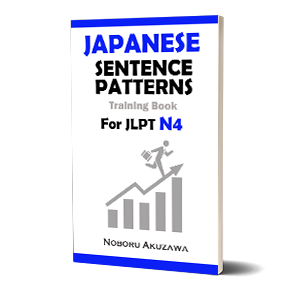
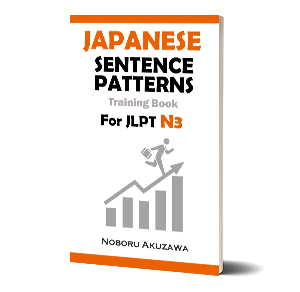



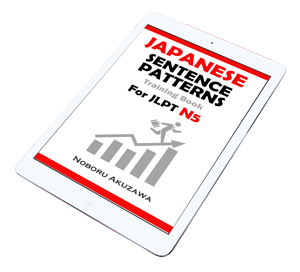




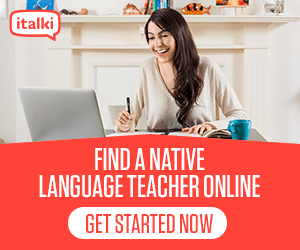
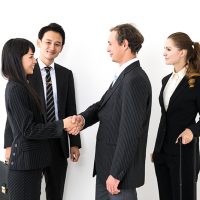
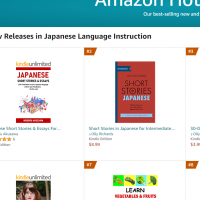


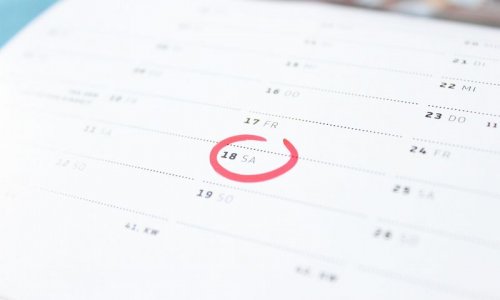
No comments yet.